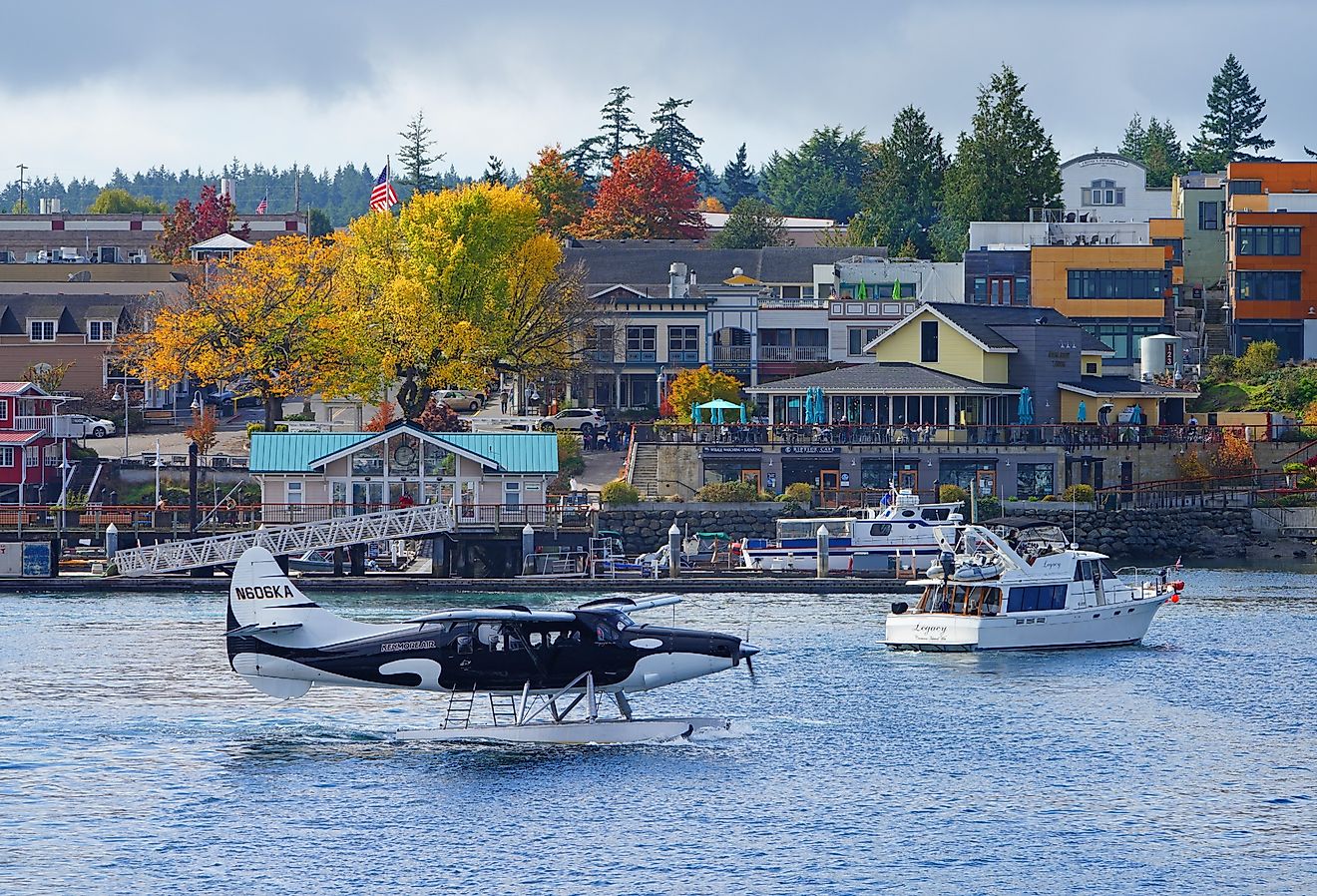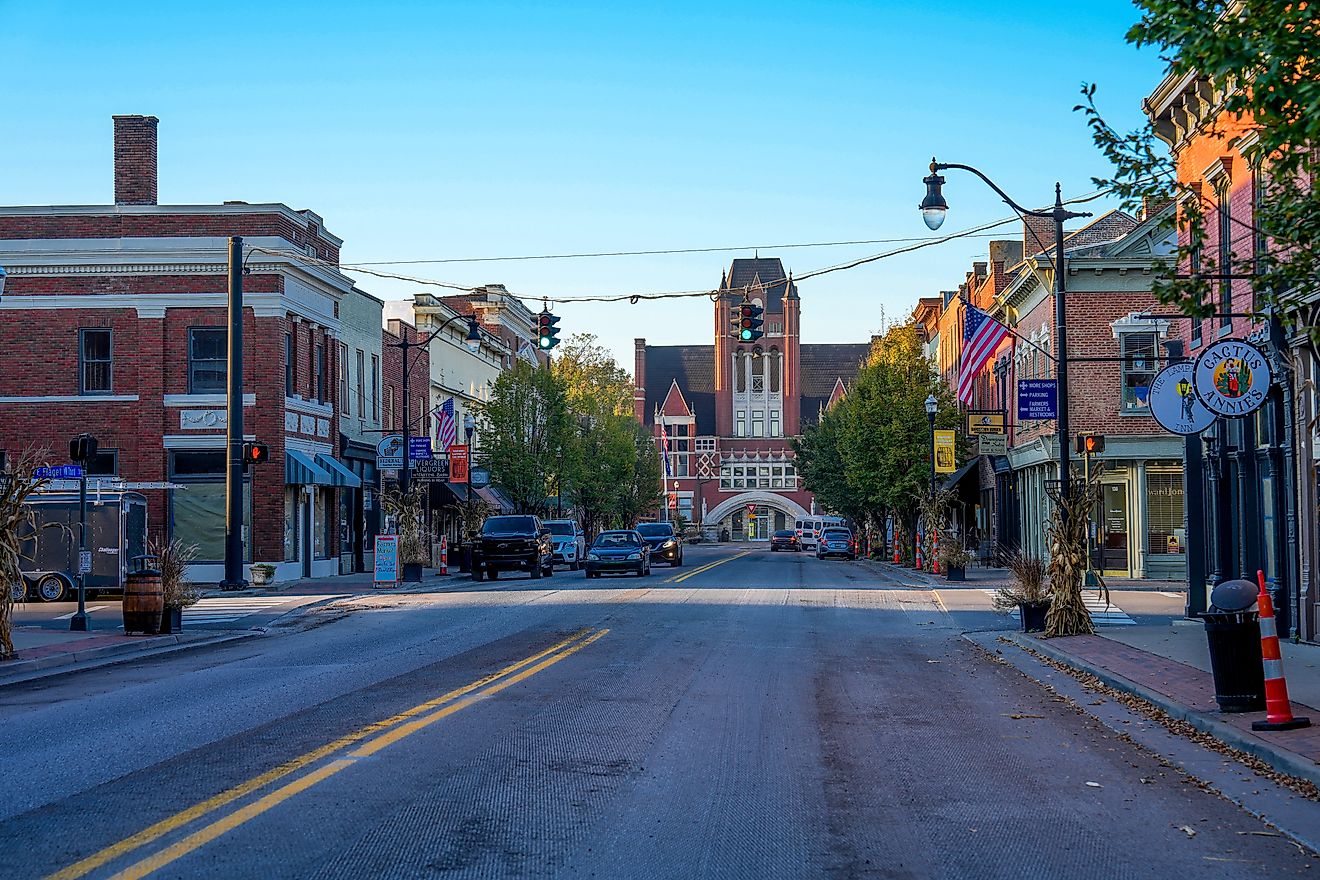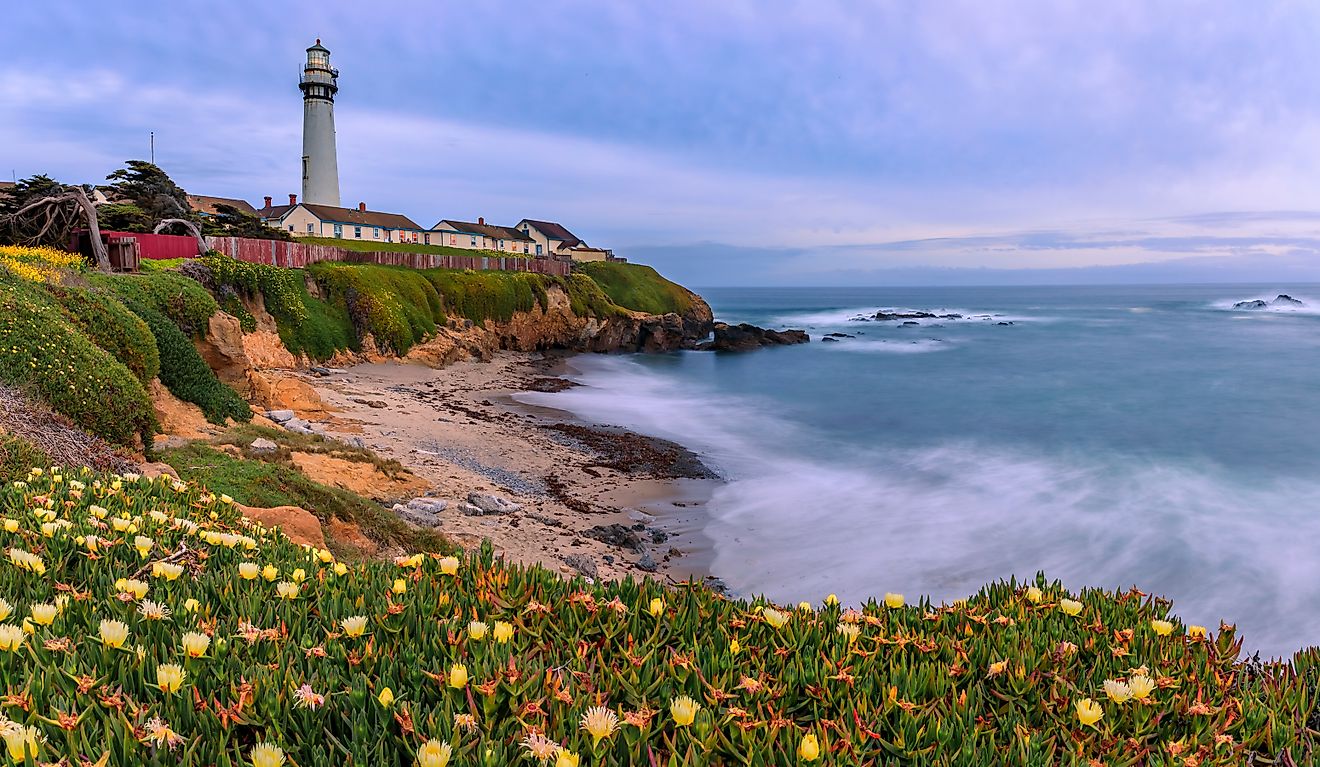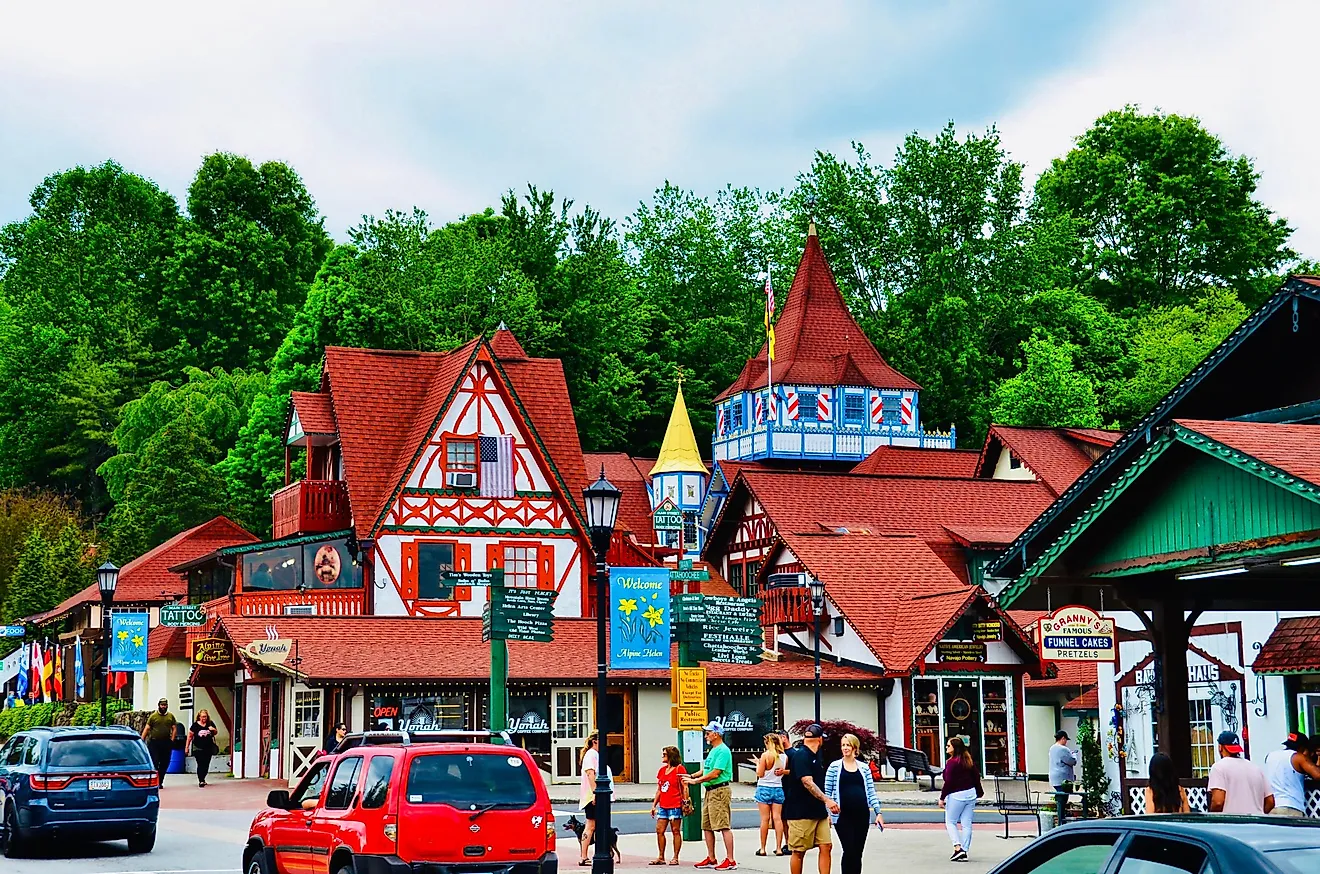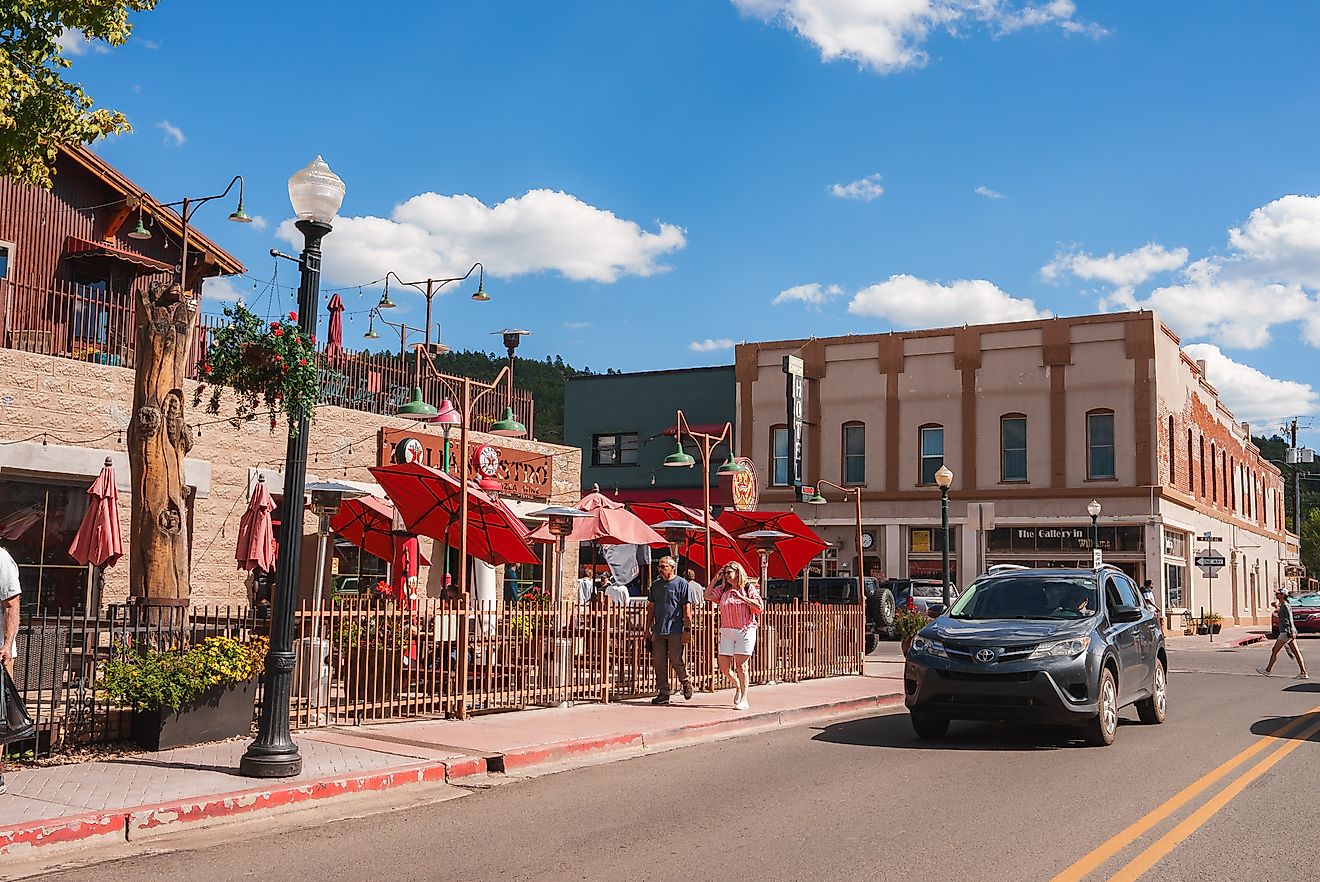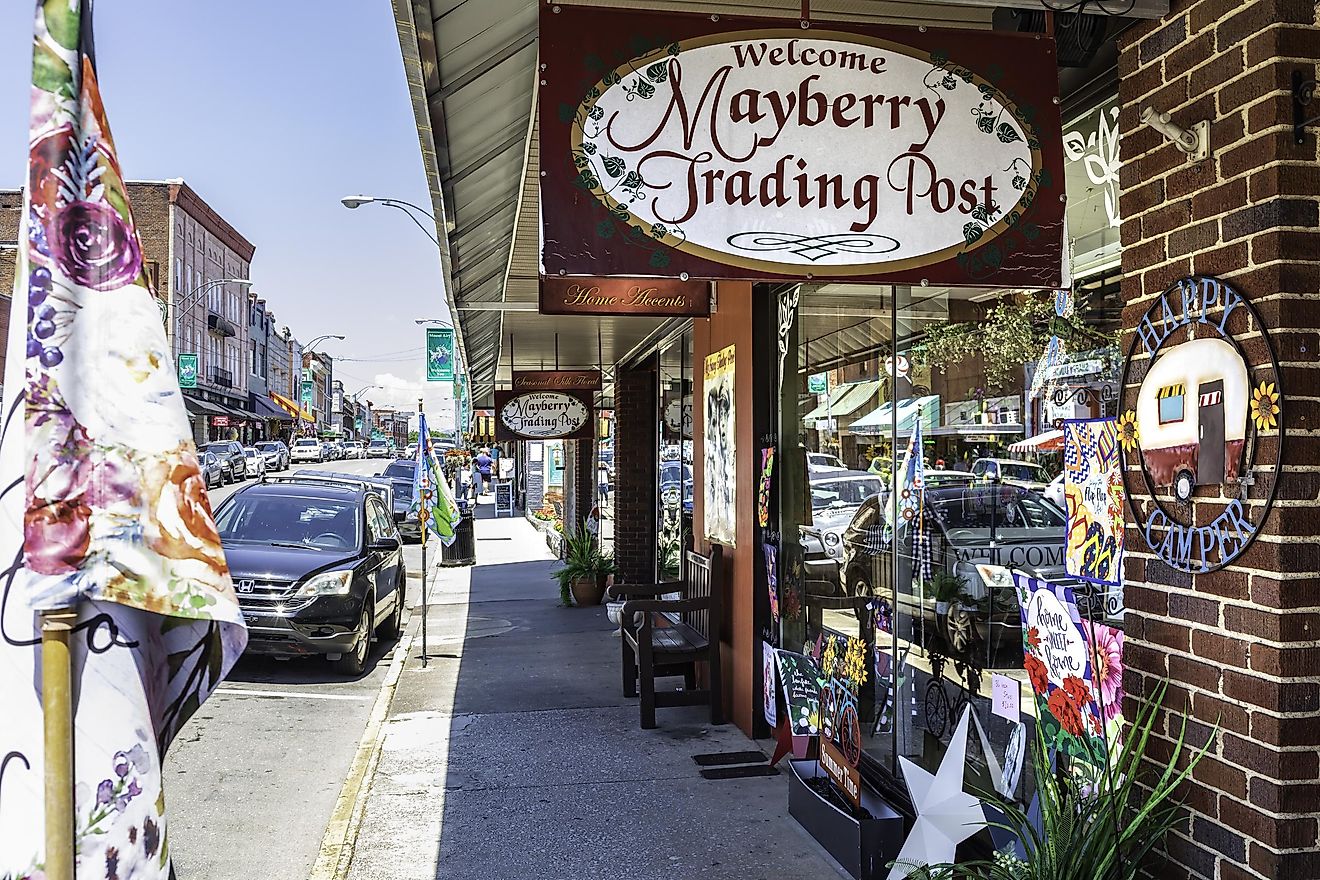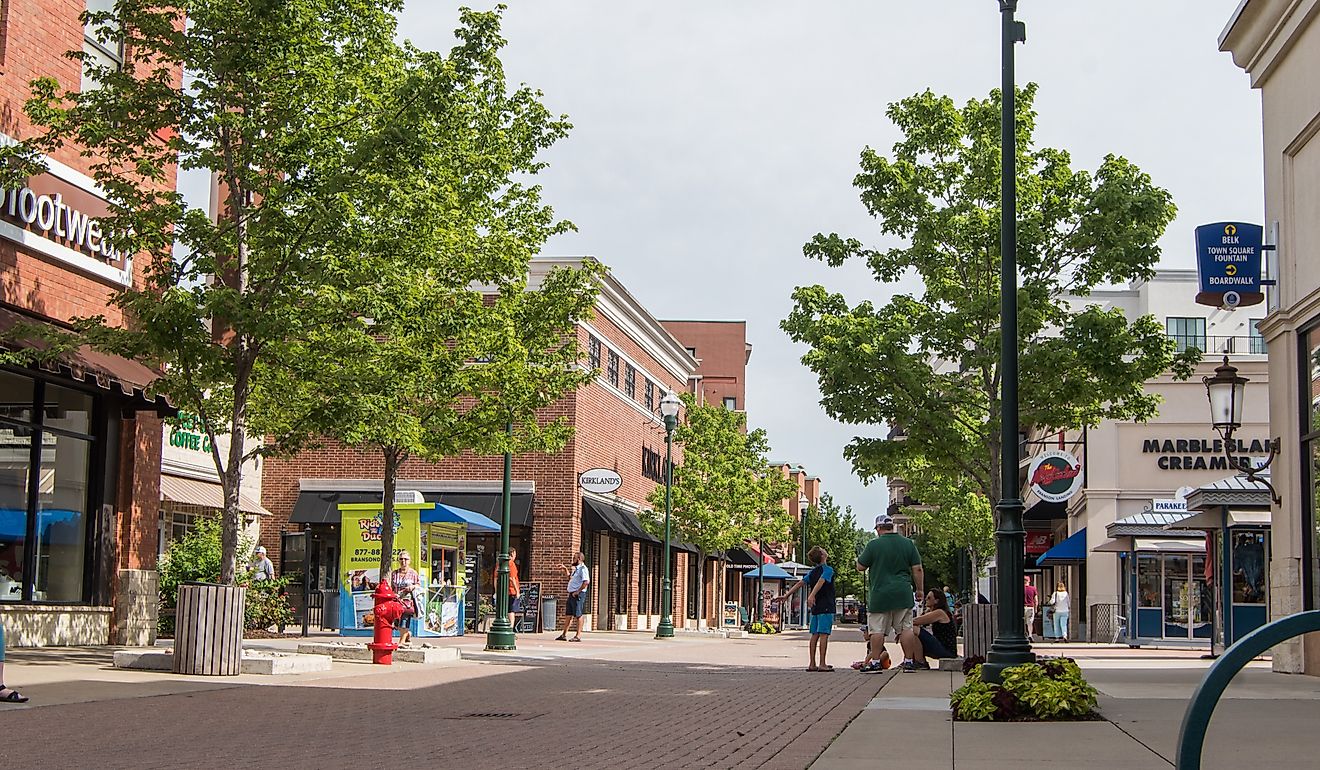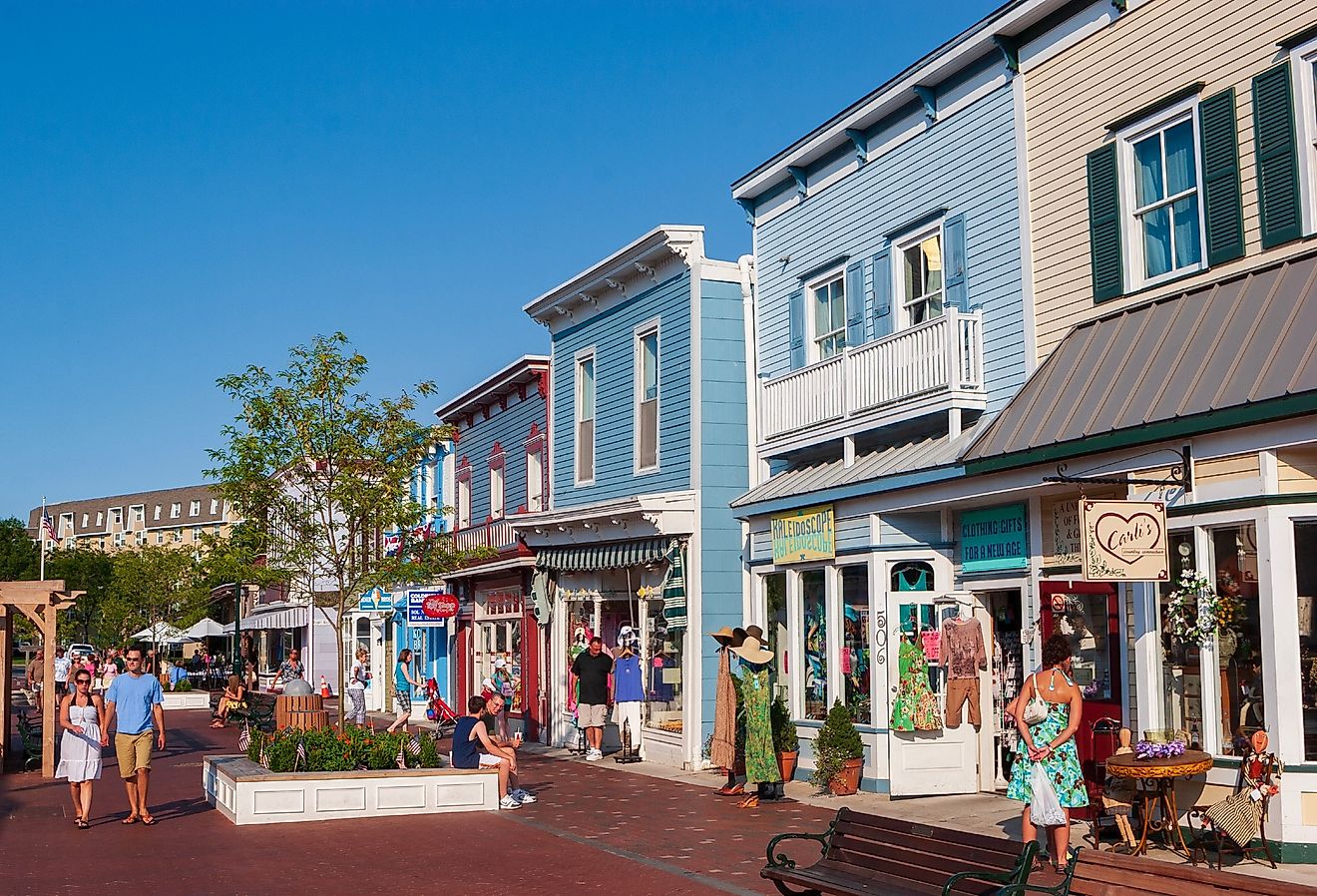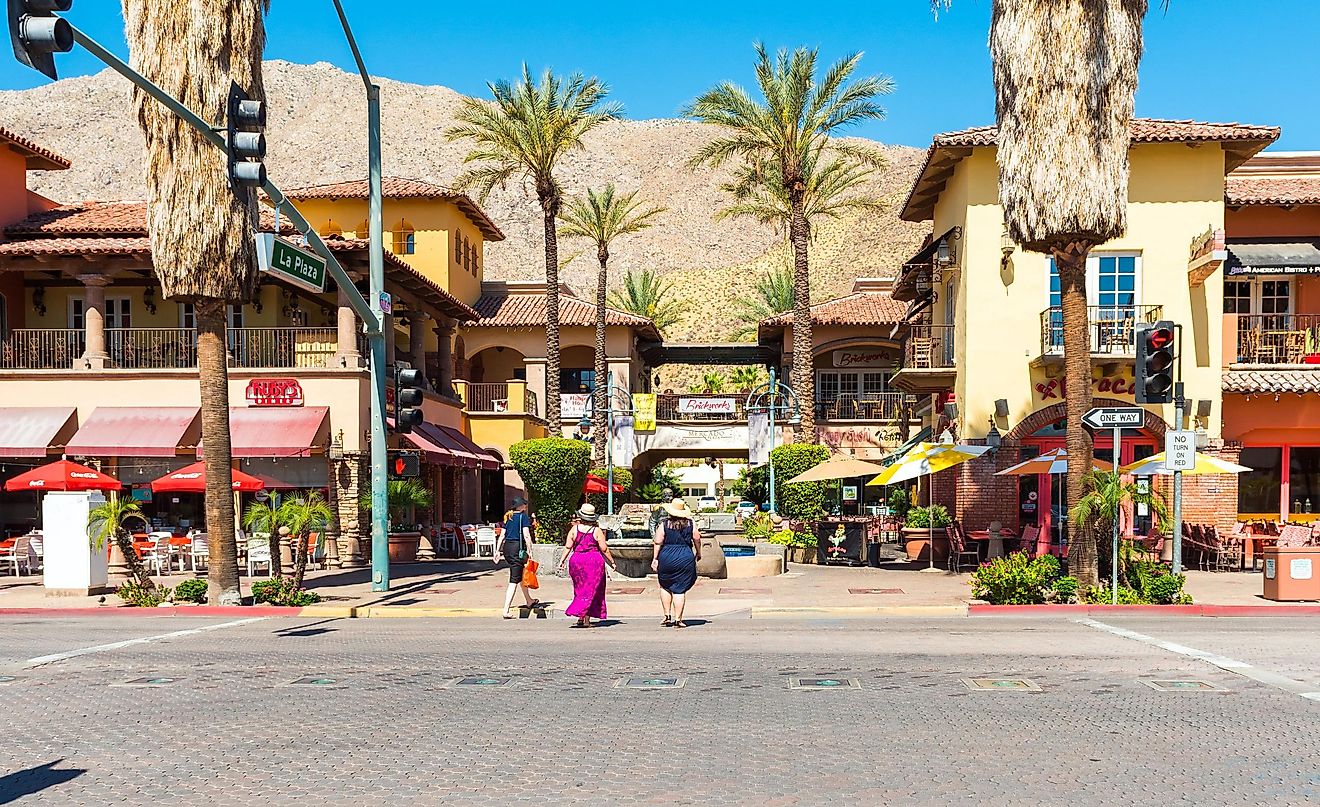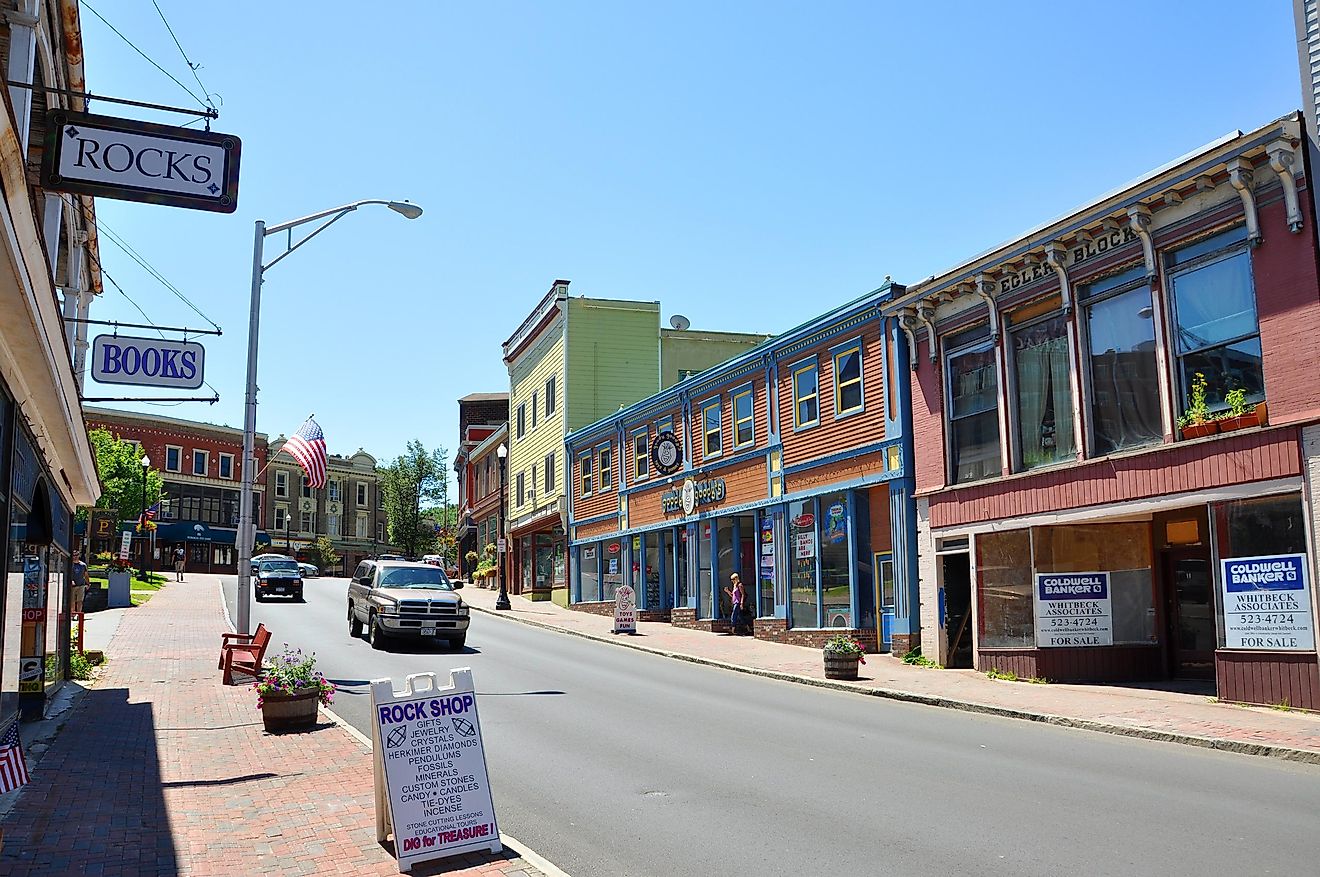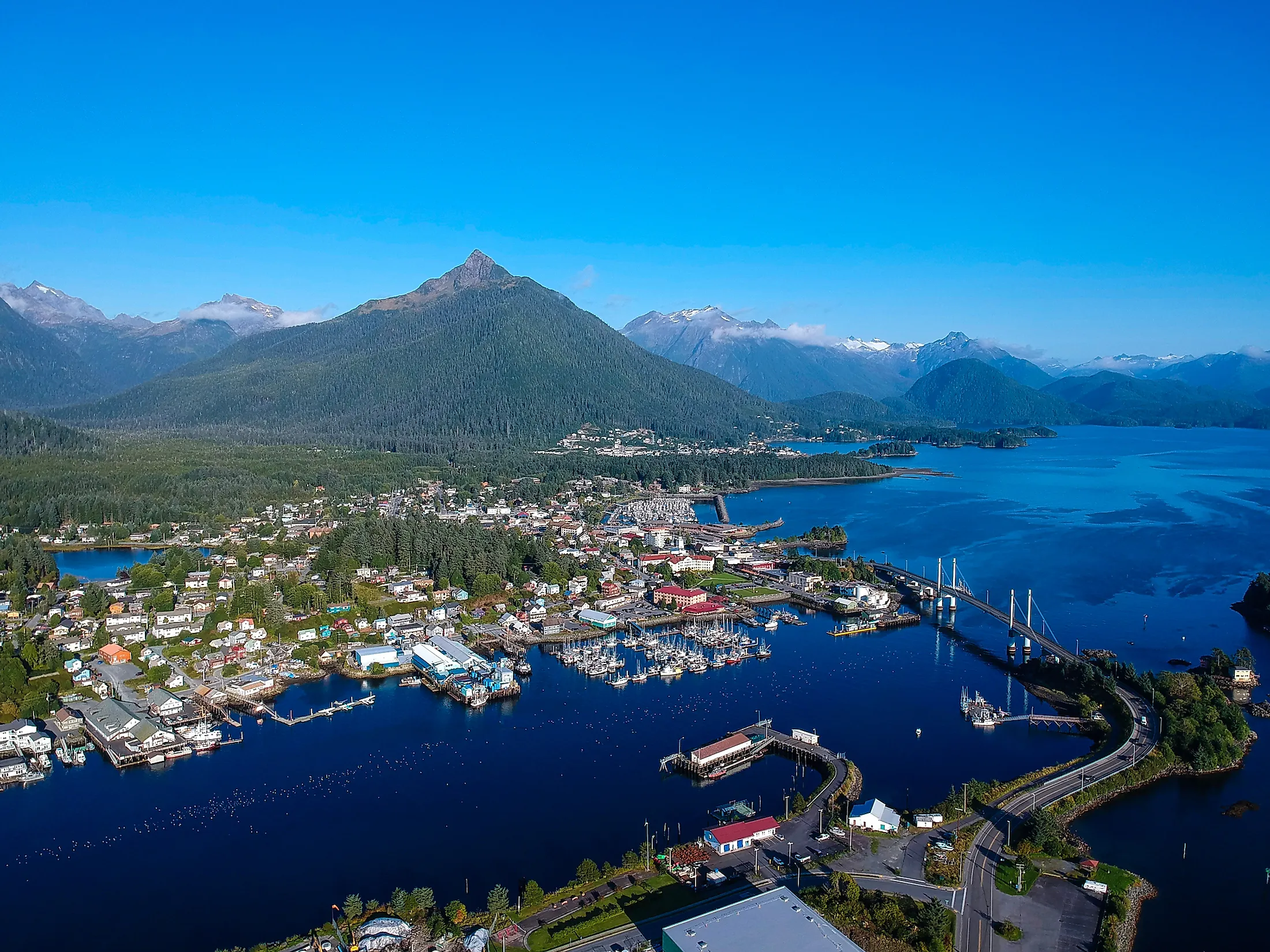
Sitka, Alaska
Sitka is a consolidated city-borough situated on the western side of the Baranof Island and the southern half of Chichagof Island in the Pacific Ocean’s Alexander Archipelago, in the southeastern part of the US State of Alaska. The name ‘Sitka’ is a contraction of the native Tlingit word “Shee At’iká,” which means “People on the outside of Baranof Island.” Sitka is accessible only by boat or plane and offers its visitors spectacular scenic views and various other recreational opportunities besides giving a glimpse into the rich history and community of Alaska.
Geography Of Sitka
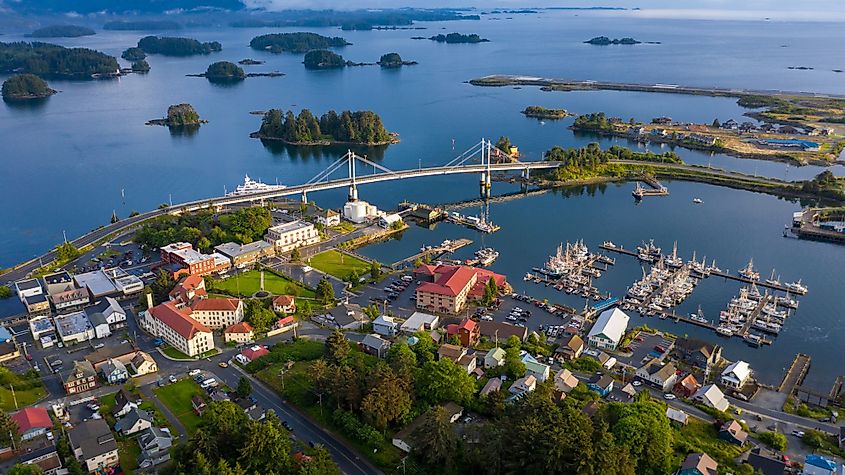
As per the United States Census Bureau, Sitka covers a total area of 12,471.17 sq. km, of which 5,037.75 sq. km is occupied by water, and 7,433.42 sq. km is occupied by land. It is considered the largest city-borough by total area in the United States and is almost four times the size of the US State of Rhode Island. Sitka is also the largest incorporated city by area in the United States and enjoys the distinction of being the only city in southeastern Alaska that faces the Gulf of Alaska. The consolidated city-borough of Sitka is located at the heart of the Tongass National Forest and on the outer coast of the Inside Passage of Alaska. It is situated about 150km southwest of the city of Juneau. The dormant stratovolcano Mount Edgecumbe which rises to an elevation of 980m on the southern end of Alaska’s Kruzof Island, is visible from Sitka on a clear day.
Climate
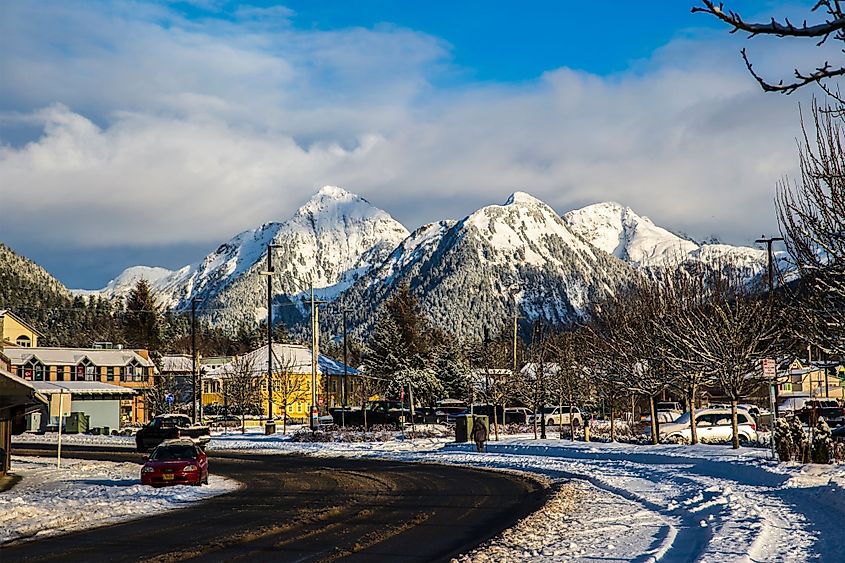
According to the Köppen climate classification, Sitka experiences an oceanic climate with cool summers and cold winters. The warm season lasts from June to September, with August being the hottest month having an average high temperature of 16.6°C and a low temperature of 11.6°C. The cold season lasts from November to March, with January being the coldest month having an average low temperature of 0.5°C and a high temperature of 4.4°C. Sitka receives an average annual precipitation of 131.74 inches and an average seasonal snowfall of 33 inches.
The Population And Economy Of Sitka
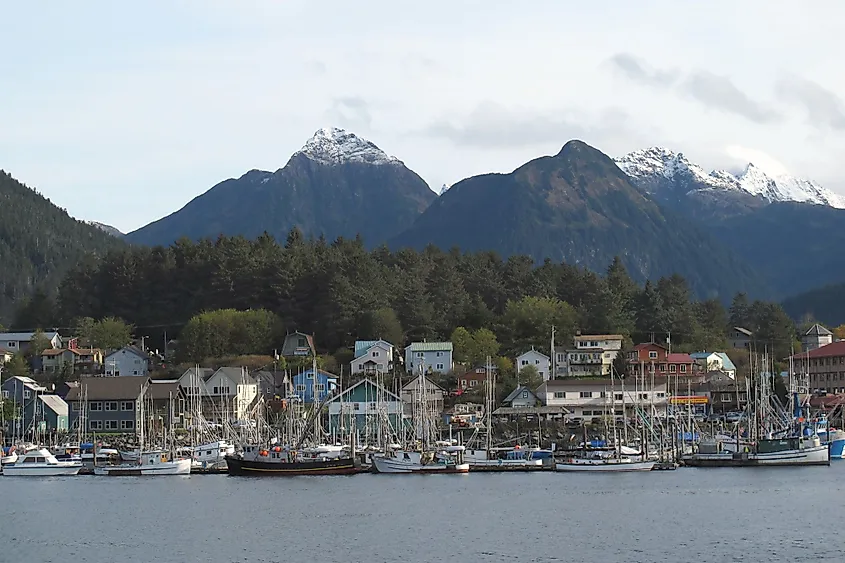
In 2019, Sitka had a population of 8,640 people with a median age of 39.5. As of 2019, about 725 people (8.39% of the residents) of Sitka were born outside the country. The most common birthplace of the foreign-born residents of Alaska is the Philippines, followed by Mexico and Korea. The largest ethnic group in Sitka are the non-Hispanic White representing 61.6% of Sitka’s population, followed by American Indians and Alaska Natives at 12.3%, two or more races at 11.7%, Asians at 6.6%, and Hispanic White at 2.71%. All the households in Sitka speak English as their primary language, and 95.9% of Sitka’s residents are US citizens.
As of 2019, the median household income in Sitka was $73,682, and the median property value was $358,600. The average car ownership in Sitka was two cars per household. The principal economic activities in Sitka include canning, fishing, lumbering, seafood harvesting and processing, and tourism. The major industries in Sitka include Health Care & Social Assistance, Educational Services, and Retail trade, with the Sitka School District and the South East Alaska Regional Health Consortium being the two largest employers. With more than 1,347 permanent ships, the port of Sitka contains the state’s most extensive harbor system. It is also the 6th largest port in the United States by the value of seafood harvest.
Tourist Attractions In Sitka
St. Michael’s Russian Orthodox Cathedral
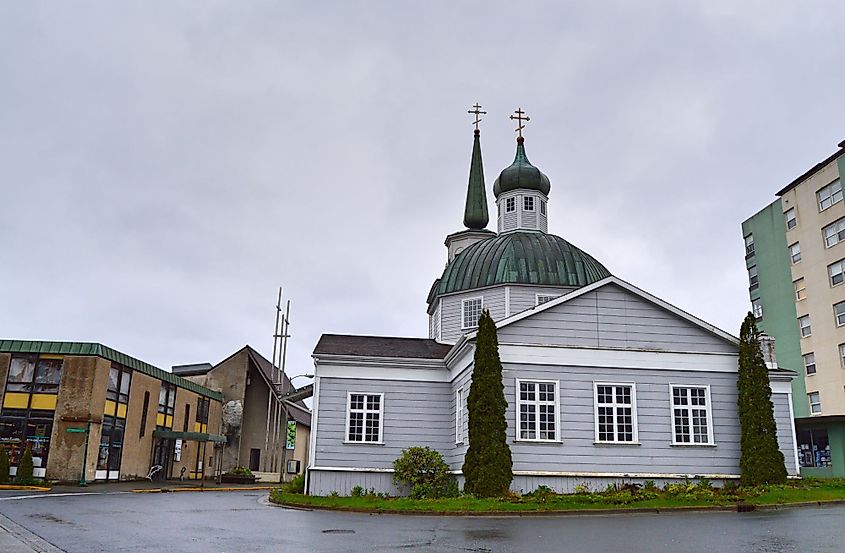
St. Michael’s Cathedral is a historic cathedral of the Orthodox Church in America in the Diocese of Alaska, located along the Lincoln and Matsoutoff Streets in the downtown business district of Sitka. Initially built in 1848, the cathedral was utterly destroyed by an accidental fire on January 2, 1966. The cathedral was subsequently rebuilt and is one of the most prominent landmarks in Sitka. The cathedral has been designated as a National Historic Landmark since 1962.
Sitka National Historical Park
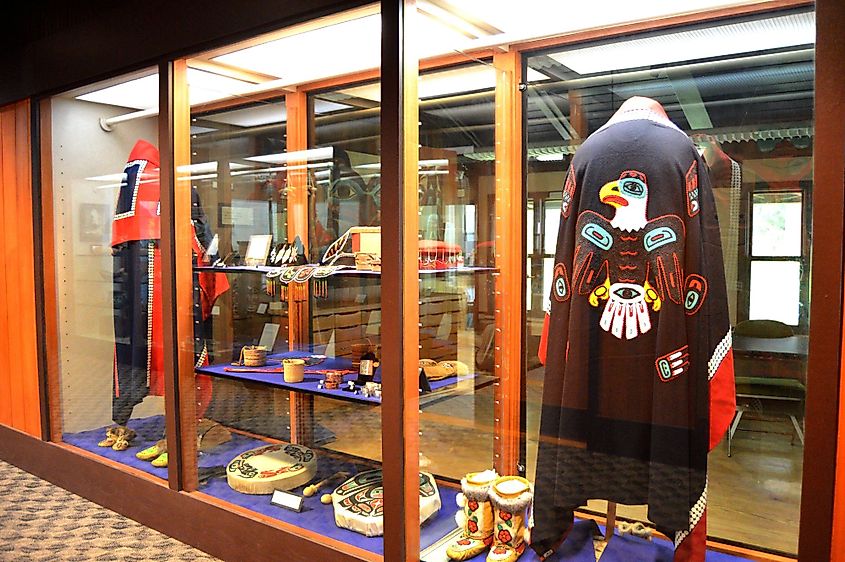
Sitka National Historical Park is a 112-acre scenic national historical park located close to the mouth of the Indian River in Sitka. The park preserves the site of a Tlingit Fort and the Battle of Sitka that was fought between the native Tlingits and the Russian fur hunters in 1804. The park displays several Native totem poles that have been collected from all over the State. Since 1966, the park has been added to the National Register of Historic Places.
Alaska Raptor Center
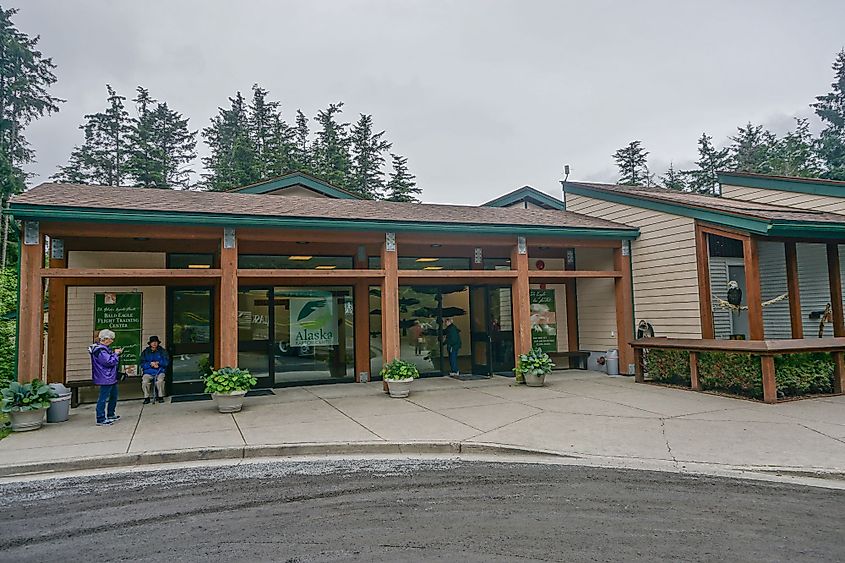
The Alaska Raptor Center is a raptor rehabilitation center situated on a 17-acre area in Sitka surrounded by the Indian River and the Tongass National Forest. The center’s goal is to enhance the wild populations of raptors and other species of birds through research, education, and rehabilitation. The center receives about 100 to 200 birds a year for treatment. However, some birds never fully recover and are housed at the outdoor sanctuary of the Alaska Raptor Center. The center receives more than 40,000 visitors per year who come to see the resident eagles, owls, ravens, falcons, and hawks.
Sitka Pioneer Home
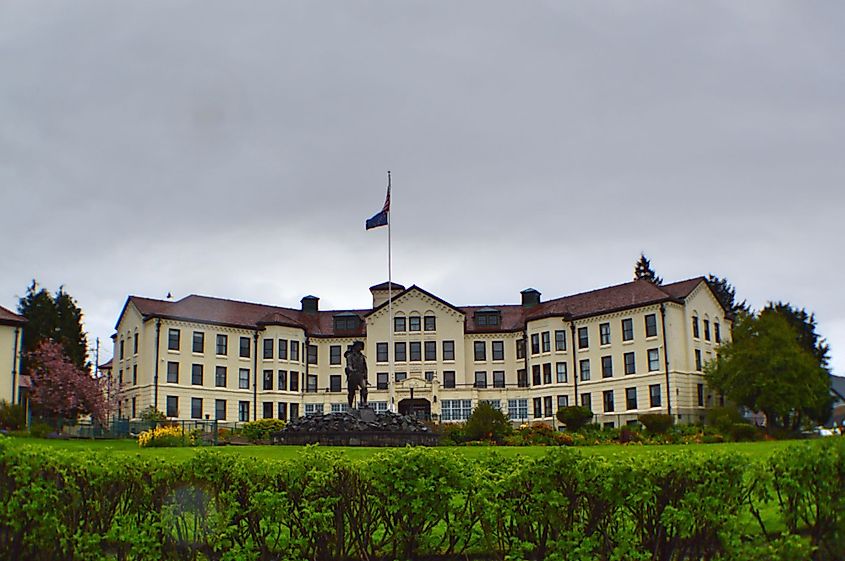
The Sitka Pioneer Home is a large assisted living residence situated at 120 Katlian Street in downtown Sitka. It is considered the oldest and the third-largest Alaska Pioneer Home and is currently managed by the Alaska Department of Health and Social Services. The Sitka Pioneer Home currently cares for 75 residents with Alzheimer’s disease and other forms of dementia. Since 1979, the Sitka Pioneer Home and the adjacent Totem Park have been added to the National Register of Historic Places.
Sheldon Jackson Museum
Located approximately halfway from downtown Sitka and the Sitka National Historical Park, the Sheldon Jackson Museum houses a vast collection of Native Alaskan artifacts. The artifacts were collected by Rev. Dr. Sheldon Jackson – a Presbyterian missionary and a General Agent of Education for Alaska. Since 1972, the Sheldon Jackson Museum has been added to the National Register of Historic Places.
Brief History Of Sitka
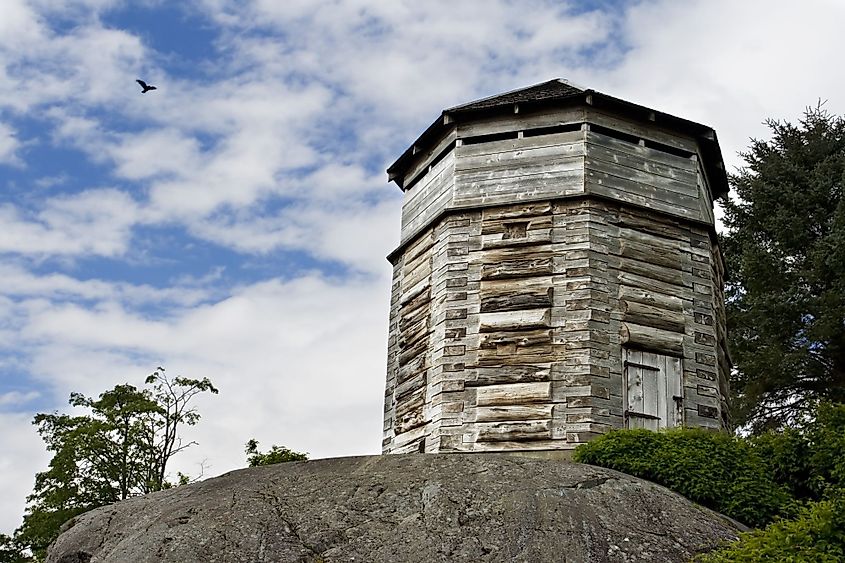
As per the local Tlingit legends, the present Sitka area was initially inhabited by the native Tlingit Indians around 10,000 years ago. In 1799, Old Sitka was settled by the Russian explorers who named it “Fort of Archangel Michael.” Alexander Baranov, who served as the Governor of Russian America, soon arrived in Old Sitka under the auspices of the Russian-American company. The Tlingit warriors destroyed the original settlement in June 1802. In August 1804, a major armed conflict between the Russians and the Tlingits took place. After the Tlingits surrendered, the Russians established a new settlement named “New Archangel,” which soon became the largest city in the region. In 1808, Sitka became the capital of Russian America. Sitka remained the capital of Russian America till 1867 and also served as the busiest seaport on the western coast of North America. On October 18, 1867, Sitka was the site where the formal transfer of Alaska between Russia and the United States took place. Sitka served as the capital of the Department of Alaska and the District of Alaska till 1906, after which the seat of government was moved to Juneau. The United States Navy constructed a naval air base on Japonski Island during the Second World War. At present, the town of Sitka is connected with the airport and Coast Guard Station on the Japonski Island via the John O’Connell Bridge.
